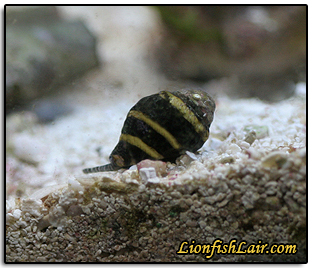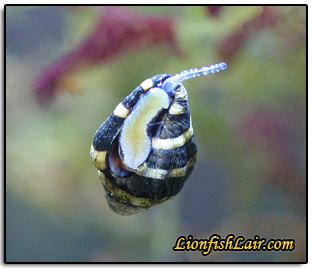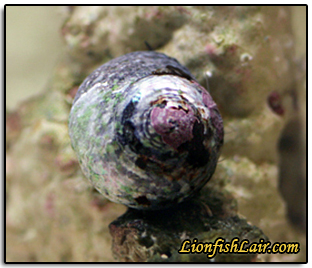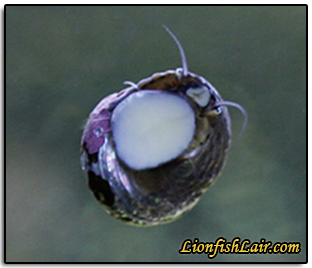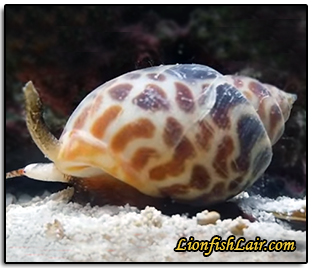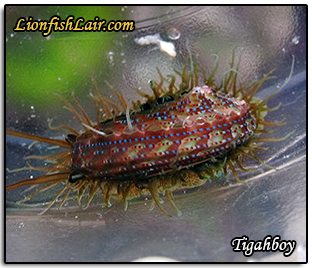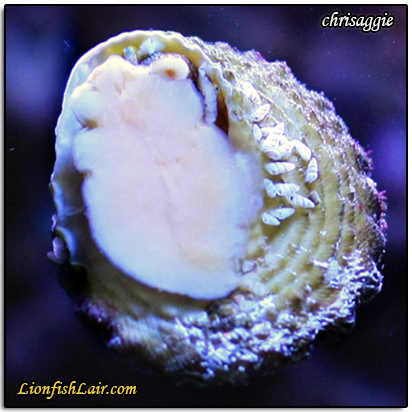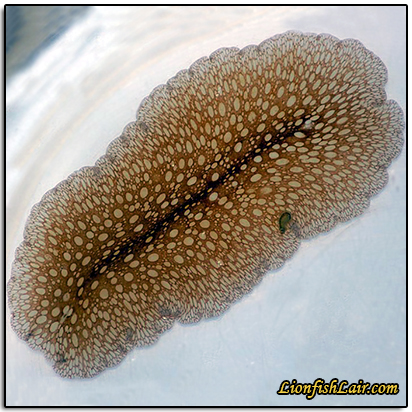LOL -
I've got a 220, and an API nitrite test that's getting bluer every day. I've got diatoms and green algae on the rock and sand in that tank.
I'm _itchin'_ to drop some snails in that thing!
~Bruce
I've got a 220, and an API nitrite test that's getting bluer every day. I've got diatoms and green algae on the rock and sand in that tank.
I'm _itchin'_ to drop some snails in that thing!
~Bruce









